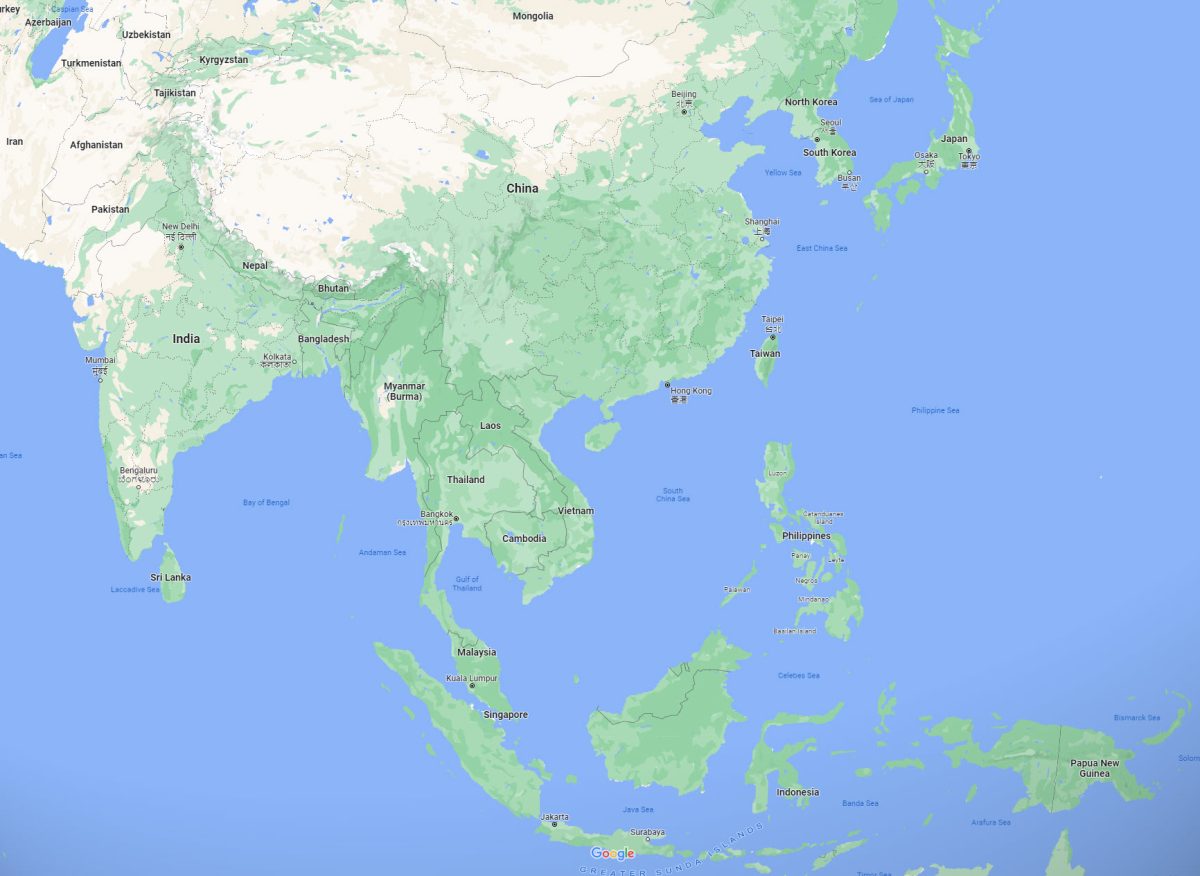Key takeaways for cities to employ nature-based solutions in urban renewal

“With increasing urban resilience, and achieving low carbon and sustainable development becoming a global goal, the concept of urban renewal has gradually evolved from improving infrastructure and environment in cities, to integrated planning that synergizes multiple objectives including ecological building, disaster prevention and mitigation, climate change adaptation, as well as social and economic development,” said Mengyue Peng, Deputy Director of the Center of Science and Technical and Industrialization Development, Ministry of Housing and Urban-Rural Development (MoHURD) of China, in her opening statement at a Daring Cities 2020 session on 23 October.
Rapid urbanization has brought an increasing number of opportunities, but it has also escalated the impact of environmental degradation and climate change, posing challenges and threats to urban areas. To tackle these problems, many countries, including China and Germany, are endeavoring to support the innovative transformation and regeneration of their cities and communities to become more sustainable, resilient and livable.
“Urban renewal could bring cross-cutting opportunities for cities by connecting spatial policies with actions to combat climate change, protect habitat, and enhance the livability of cities,” said Markus Delfs, Head of Cluster Sustainable Transition of GIZ China.
In particular, with Germany and China having set their national targets to achieve carbon neutrality by 2050 and 2060 respectively, and local actions being the cornerstones of every national plan at some point, engaging cities’ efforts has become indispensable for both countries to reach their climate goals, said Dr. Daniel Krahl, Advisor of SGUP Liaison Office, GIZ. “And using nature-based solutions in urban renewal can be one of the major attempts doing so,” he added.
Indeed, nature has been the root and one of the keys to tackling urban challenges, and bringing livability and resilience back to our cities, said Shu Zhu, Regional Director of ICLEI East Asia. But even though the concept of nature-based solutions has been widely discussed in Europe, it is not until recently that the term was brought to the table in China.
Under such background, ICLEI East Asia and GIZ’s Sino-German Urbanisation Partnership co-hosted the Daring Cities session “Chinese – German Knowledge Exchange on Sustainable Development and Urban Renewal”, providing a space for policymakers and practitioners in the two countries to further explore how nature-based solutions can be integrated into urban development and renewal processes. The event attracted around 120 online participants from different time zones.
On this occasion, representatives from Chengdu, Foshan, Mannheim, and Hamburg showcased how their cities are integrating nature-based solutions into urban renewal processes. Some of the key takeaways from their experiences include:
1. A city-wide strategy and comprehensive overall planning can serve as the most effective guideline for the integration and implementation of nature-based solutions in urban renewal.
The ecological crisis, climate change, and urban renewal are all cross-cutting issues, and they require cities to take collective actions directed by a city-wide sustainable recovery strategy. The experiences from the four cities reaffirmed that a city-wide strategy and comprehensive overall planning can provide a solid foundation for integrating nature-based solutions into urban renewal.
For example, Chengdu’s Park City Initiative is providing the city with a critical turning point to scale up its sustainability by embedding ecological values and nature conservation into development. Rather than simply creating green spaces and parks in the city, the Initiative aims to build a “city within a park” and create livable spaces for people by highlighting spatial functionality and inclusiveness, where innovative technologies, operations, and models could continue to revive and thrive.
Under the city-led Initiative, the central old district renovation project Tianfu Jincheng is designated to showcase a modernized lifestyle embedded in a historic district. Focusing on a 13.6 km2 area in Chengdu’s old city center, the project aims to integrate and embed the region’s cultural elements and resources into the renewal process and return and create green spaces for people while inheriting the city’s historical spatial pattern. In addition, a network of walking paths that connects all historical and green spots has also been included in the plan and is currently under construction.
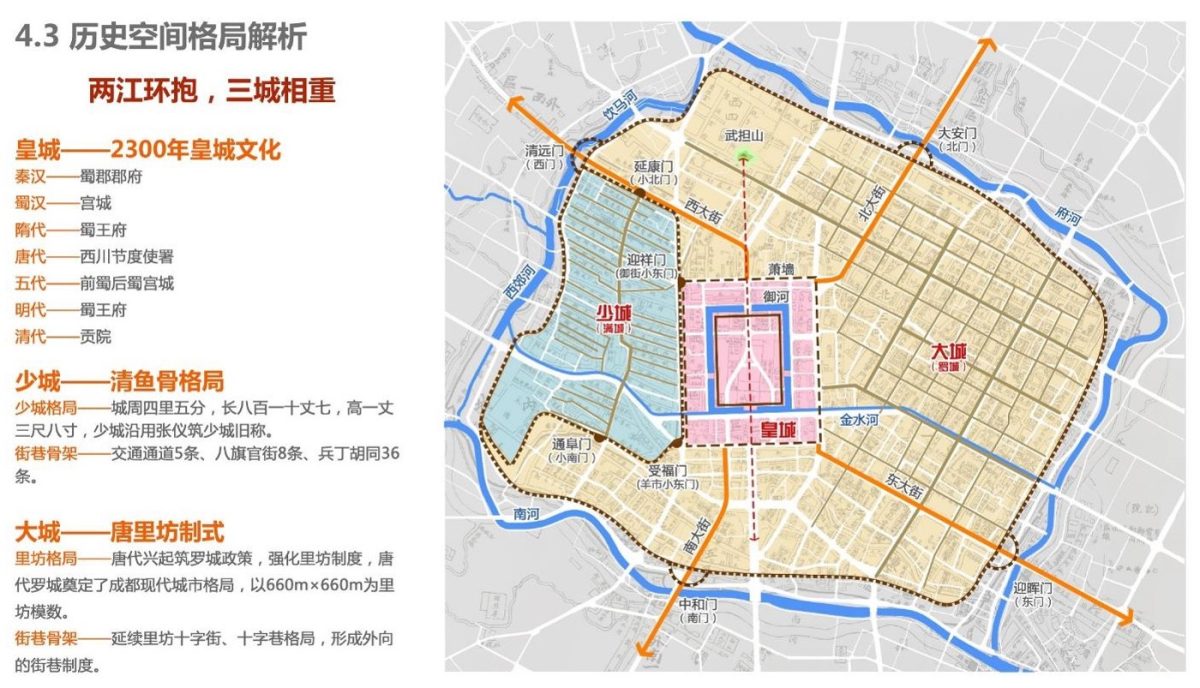
Planning of Tianfu Jincheng. Source: Institute of Planning and Design, Chengdu
2. Co-benefits of nature-based solutions should be considered and included in both the overall strategy and individual project activities.
Adopting nature-based solutions in urban renewal is crucial for climate change mitigation and adaptation, and can help create synergies in reviving the economy, enhancing social inclusion and efforts on environmental protection.
Mannheim, for instance, has taken great consideration of urban greening and climate change adaptation in its long-term sustainable development strategy. Located in the southwestern part of Germany, the city has been suffering from heat waves, heavy rainfall, and storms. Thus, to bring in fresh air and naturally cool down the city, Mannheim is eagerly closing the remaining gaps in the green belts by greening up its sealed areas and brownfields.
To maximize the efforts, the city is also mobilizing citizens’ collective efforts at the community level via the Mannheim Makes Room for Green campaign. By providing training on how having green gardens can help improve local climate resilience, the Municipality is actively encouraging its citizens to bring greenery to front yards, or further green up their roofs and facades if possible. Through these processes, Mannheim has also seen improved air quality and enhanced community solidarity.
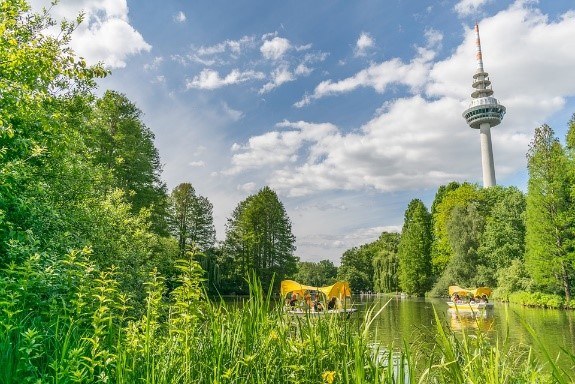
Luisenpark in Mannheim Source: Markus_KF at Pixabay
3. Urban renewal projects should be people-oriented, and nature-based solutions allow them to incorporate nature into cities, providing a livable environment for residents.
One of the primary purposes of urban renewal is to transform and regenerate a given area, making it a place that could offer positive urban experiences for people to live and work in. And the use of nature-based solutions can allow renewal projects to better incorporate nature into the urban fabric, providing the inhabitants a healthy and livable environment.
In the case of Foshan, China, the city has recently launched a new urban planning project to regenerate the Sanlongwan floodplain into a modernized Lingnan Water Village. Located in the north section of the Pearl River Delta, Sanlongwan is surrounded by rivers and farmlands and has a water network a lot denser than the road network.
Taking such local ecological resources and values into full consideration, together with a highlight on people-oriented urban planning, the Sanlongwan Urban Planning project is adopting the “Island City” concept, aiming to restore and utilize the water system by building up a water transport network. This would not only help reduce traffic congestion on the road, but would also allow more spaces to be provided to the public. In particular, the project has also included the creation of a green corridor network along the waterside for inhabitants to enjoy slow mobility in their everyday lives, and access fundamental facilities and services within walking distance.
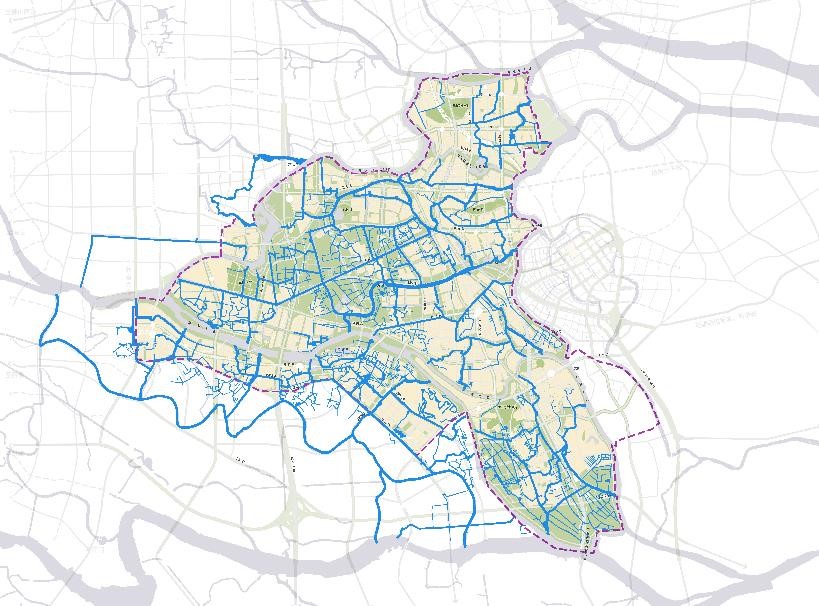
Water Network in Sanlongwan. Source: Sino-German Industrial Service Zone (Sanlongwan) Management Committee
4. Financing mechanisms and tools should be well designed to ensure nature-based solutions integrated into urban renewals can be put into practice.
In addition to an overall strategy and well consideration of the co-benefits, integrating nature-based solutions in the urban fabric also requires good and realistic financing mechanisms to make it possible.
The German city Hamburg took an earlier start in promoting urban development in an integrated and more environmental-friendly manner. With the concept of “green infrastructure” first brought up in the 1920s, the city has spent the past century creating and expanding its Green Network of Hamburg, which is consisted of 12 landscape axes, a 100km-long green inner ring, and additional green parks and recreational spaces scattered throughout the city.
To preserve and ensure the sustainability of these green spaces, Hamburg developed the financing tool Naturcent, which is operated by collecting compensation surcharges from development projects carried out in areas of high ecological value and directing these financial resources into supporting the ecological maintenance work of green spaces in the city. As of 2020, Naturcent has been able to collect an average of 3 million Euros per annum.
In the meantime, seeing the great potential for green roof retrofit, the city has also mobilized funds through its Hamburg Green Roof Strategy, providing training and financial support to upscale the installation of green roofs and facades among residential and industrial housings.
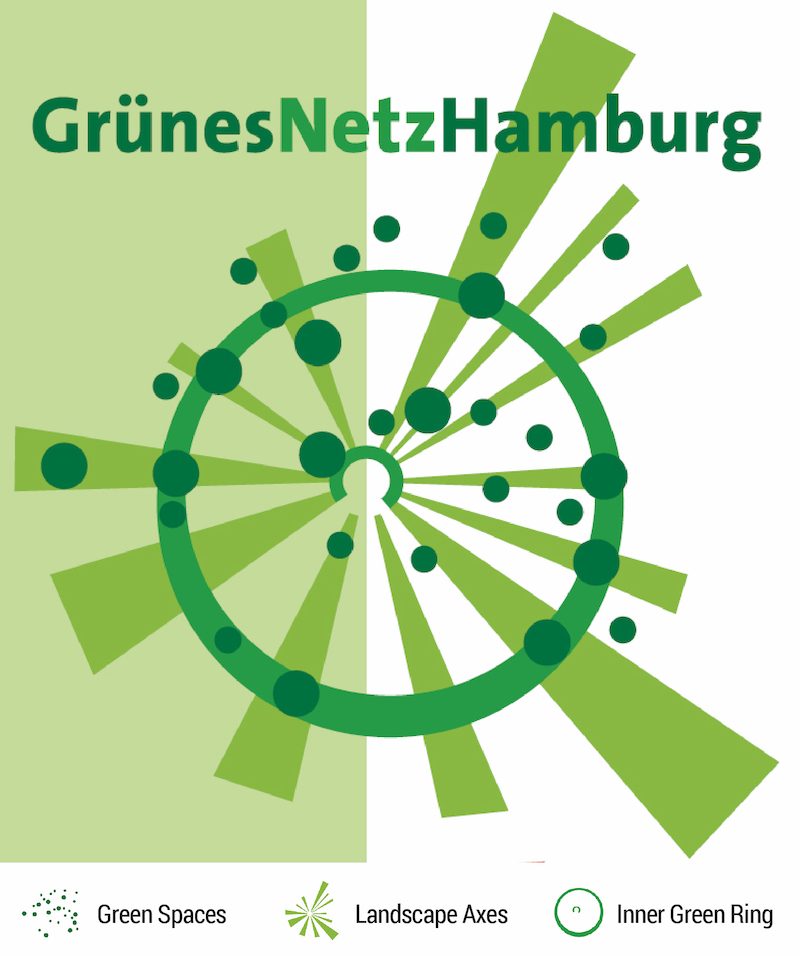
The Concept of the Green Network of Hamburg. Source: City of Hamburg
5. Safeguarding mechanisms for using nature-based solutions in urban renewal are critical.
Reflecting on the cities’ experience-sharing, Sibin Fan, Deputy Director of the Urban Renewal Institute at the China Academy of Urban Planning and Design, reminded that, to counter any possible challenges and bottlenecks related to the urban renewal projects, it is important for cities to develop safeguarding mechanism on the regulation, administration, management, implementation systems, as well as among the stakeholder groups.
Adding to that, Lennart Kümper-Schlake of the German Federal Agency for Nature Conservation (BfN) also pointed out that nature-based solutions could fall back and lead to perverse effects if applied wrong or without adequate knowledge from the ecological perspective, and accentuated the importance of cities to look at specific safeguards for possible trade-offs when applying.
As the nature-based solution will be one of the priorities in the Convention on Biological Diversity (CBD) COP 15 to be held in Kunming, China in 2021, ICLEI, together with all partners and stakeholders, will seize the momentum to further promote the up-scaling of nature-based solutions in urban sustainable development, making them default solutions instead of exemplary models.
Webinar Materials
– Event Report
– Webinar Recordings / Original • English • Chinese

